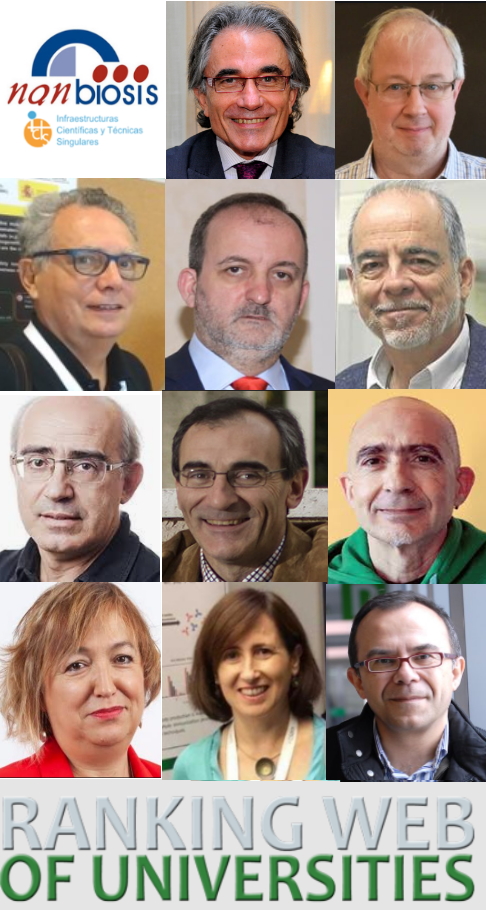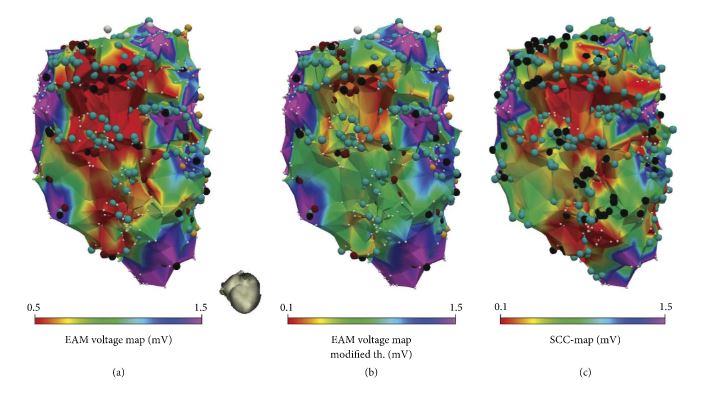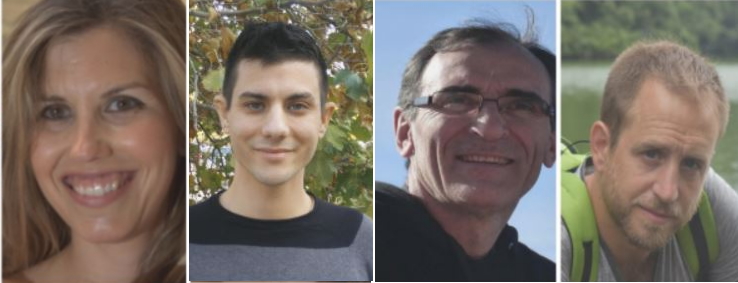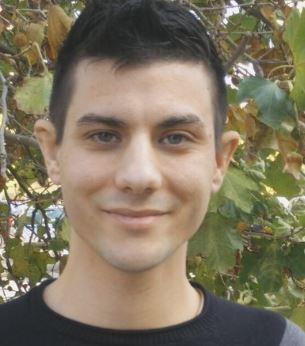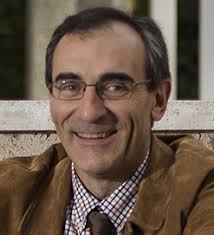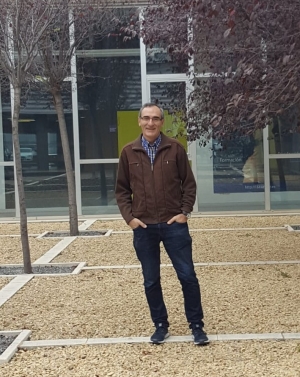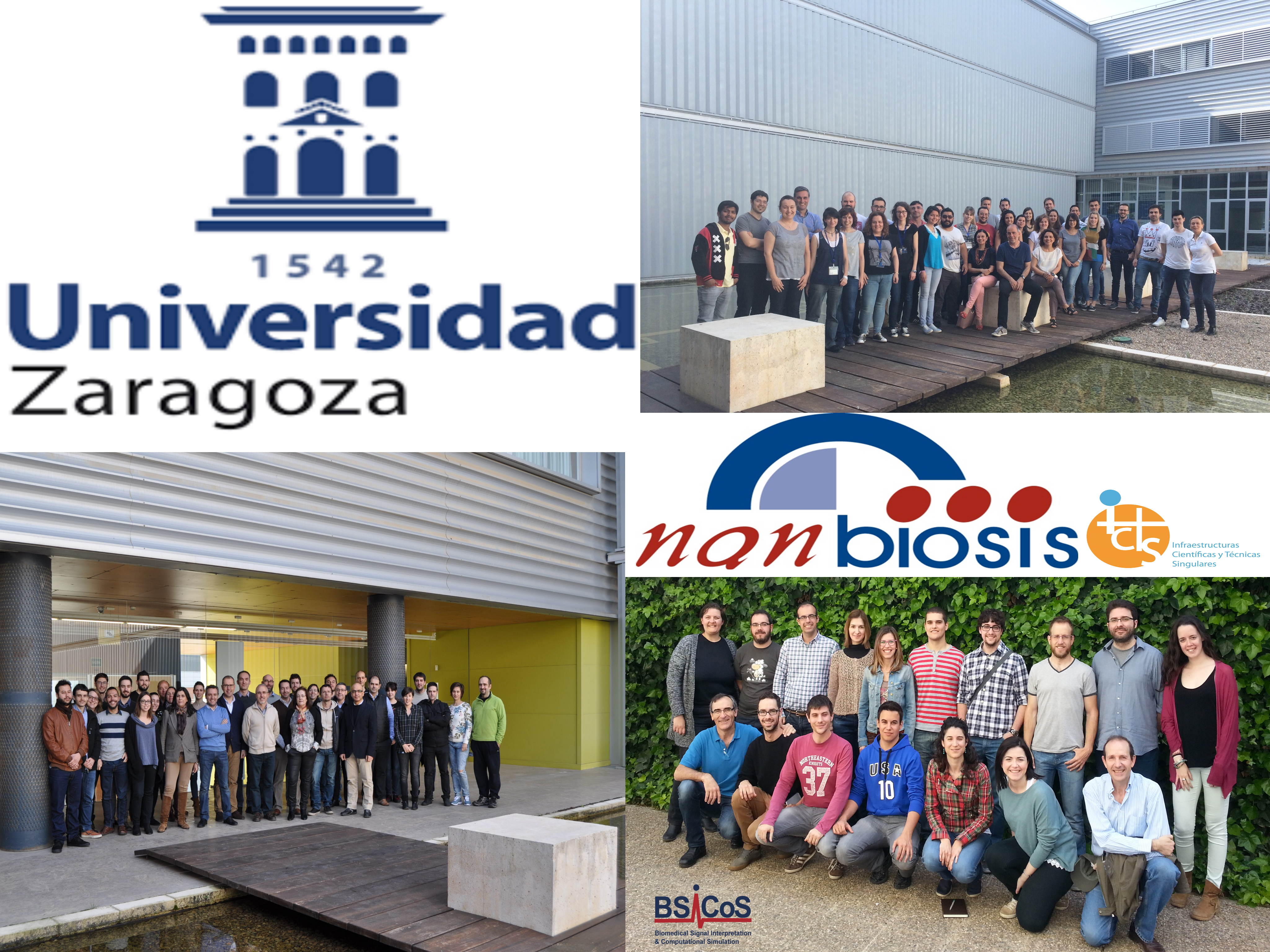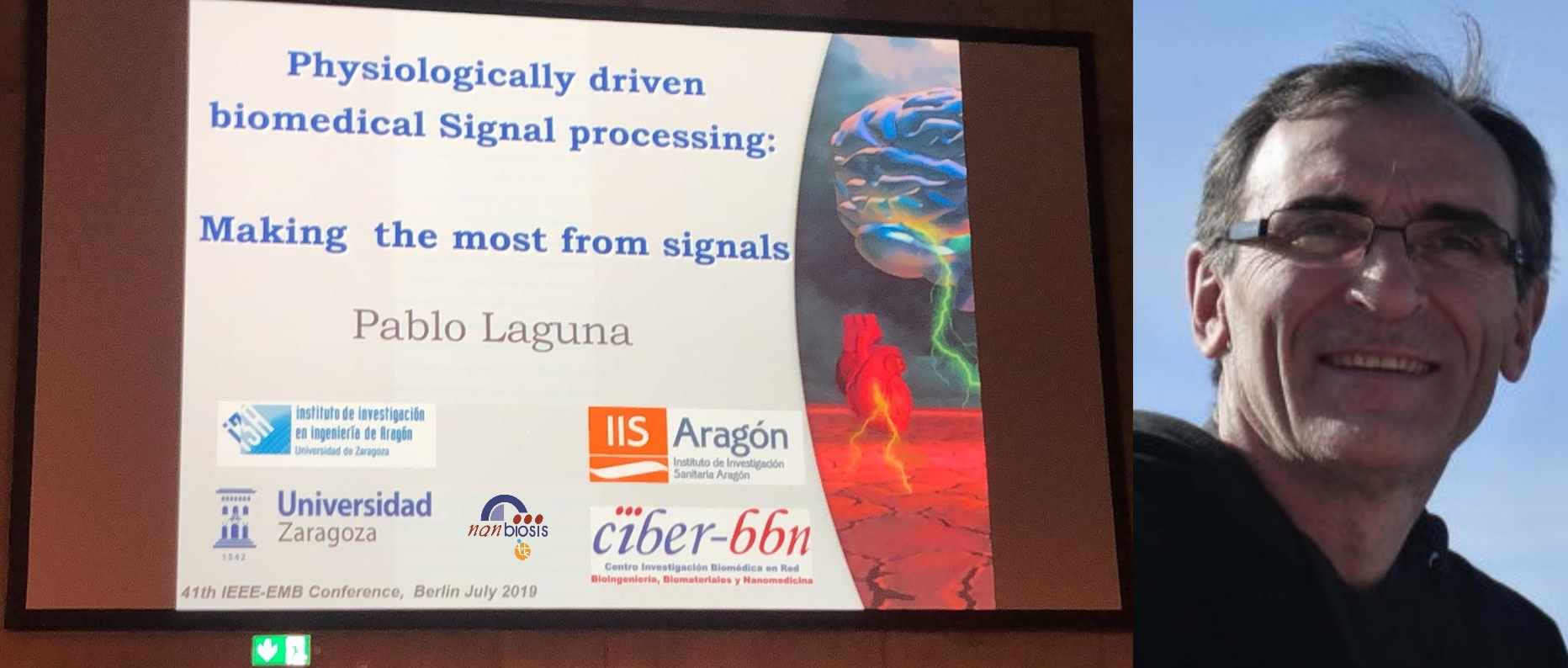NANBIOSIS researchers featured in the 15th Edition of Spanish Researchers Ranking
The 15th edition of the Webometrics Ranking of World Universities has been published, ranking researchers in Spain as well as Spaniards doing research abroad. A total of 11 Directors of NANBIOSIS units appear on the most recent list, featured on the top 2000. The list is ordered by the h-index, a metric that calculates research impact based on a correlation of papers published and number of citations, and then by number of citations. The result is a list of whose’s publications have had more impact online.
NANBIOSIS researchers featured are Fernando Albericio (#207), scientific director of U3 Synthesis of Peptides Unit, Ramón Martínez Máñez (#342) U26 NMR: Biomedical Applications II, Jaume Veciana (#459) U6 Biomaterial Processing and Nanostructuring Unit, José Luis Pedraz (#906) U10 Drug Formulation unit, Jesús Santamaría (#912) U9 Synthesis of Nanoparticles Unit, Ramón Eritja (#1022) U29 Oligonucleotide Synthesis Platform (OSP), Pablo Laguna (#1153) U27 High Performance Computing, Antoni Villaverde (#1249) U1 Protein Production Platform (PPP), Laura Lechuga (#1511) U4 Biodeposition and Biodetection Unit M.Pilar Marco (#1517), U2 Custom Antibody Service (CAbS), and Josep Samitier (#1836) U7 Nanotechnology Unit.
This list reflects on the impact online publication can have as a tool to share knowledge.
For further information: here
